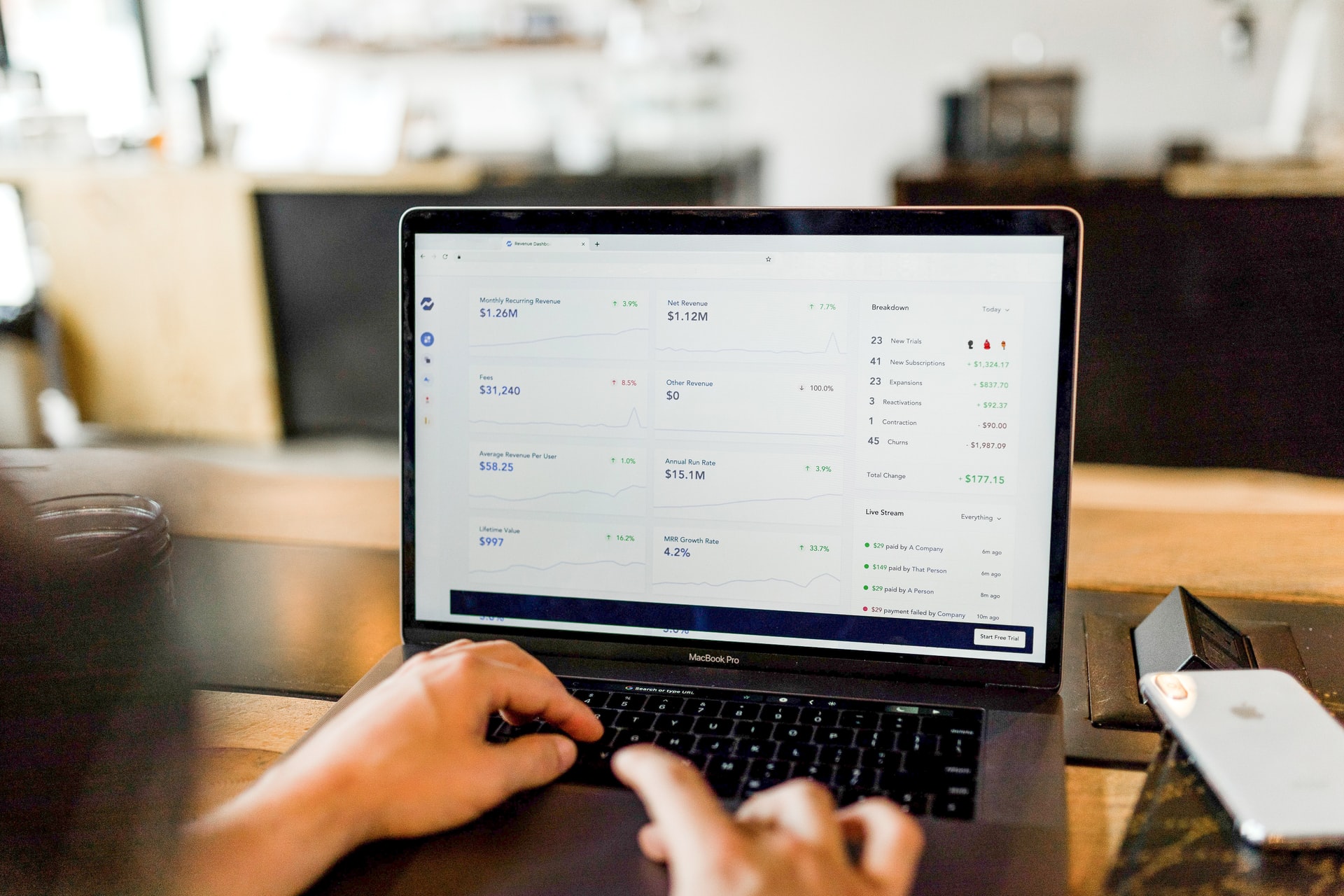There are two questions every sales manager asks: how much will the sale generate and when will it close?


There are two questions every sales manager asks: how much will the sale generate and when will it close?
Sales forecasting predicts the total value of company sales for a given time period, whether that be monthly, quarterly or annually.
Depending on the complexity of the business in question, certain sales forecasting methods will be a better or worse fit. Yet for any company, gathering as much accurate data as possible on historical sales will fortify the reliability of the forecast. Indeed, calculating sales projections requires thoroughly researching the company’s current sales operations strategy.
Of course, the best sales forecasting methods take into account external factors such as competitor campaigns, industry trends, consumer appetite, and global events. This is no mean feat, and such a breadth of information is much more readily digested using a high level data analytics program. Fortunately automating the sales process is becoming the norm and saving countless hours of staff time.
Digital technologies for sales forecasting are growing in popularity. According to Salesforce:
Sales analytics software can crunch more numbers than the human brain possibly could. As the above stats highlight, AI for customer service is integral to revenue target success.
With that in mind, let’s take a look at the top three methods for sales forecasting.

Also known as opportunity stage forecasting, this approach requires the analysis of all deals currently in the works for a given time period.
The first task is to define the individual stages of the sales cycle for a given business. These should be non-ambiguous descriptors such as:
To estimate the value of each lead as accurately as possible it's best to use averages. Use historical data to find the total number of opportunities that reached each stage, then divide each total by the number of deals that ended successfully to calculate the success rate per stage.
In theory, the further along the sales pipeline a prospect progresses, the greater the chance it will close successfully.
Let’s look at an example:
Next, multiply the value of the prospect by the average pipeline stage success rate.
Let’s say a rep receives an enquiry form on a product worth $1450.
1450 x 0.15 = 217.50
This deal is forecast to win $217.50 for the company.
This method has considerable benefits of accuracy and effectiveness because it makes use of company-specific data.
Because forecast data so often comes from the CRM, keeping this database well-organized is the key to reaching your revenue goals. As ever, a fair amount of trust is needed in sales reps to accurately input data for every stage of each prospect. Yet with so many calls to make, it can be hard to keep track. A virtual contact center can increase cooperation between sales reps and supervisors by automatically populating the database per call.

This is the method of choice for the sales manager with a high level of trust in their reps. It's a low-tech option that works best with a close-knit team that knows each other very well.
It works by asking each rep to report their subjective opinion on each deal, how likely it is to close, when that will be, and for how much.
Drawbacks are fairly obvious: there's no hard data to depend on and for this reason intuition-based can be considered a risky method. Say for instance, sales reps overestimate their abilities, and by the middle of the quarter it’s clear the revenue goal is out of reach. Managers must then find a way to boost sales while avoiding employee burnout.
Nevertheless, this type of forecasting is often an extremely useful exercise in gleaning qualitative data about your business' sales process and spotting opportunities to upsell and cross-sell. After all, your customer-facing staff are experts on your clientele and should be understood as a resource for knowledge on your customers' needs, practices and behavior.
Consider an example:
Sarah manages the sales team for an ecommerce platform renting power tools. She asks her lead seller Jon for an update on his current prospects.
Jon: "I've got an order inquiry worth $3,200 which should close by the end of next week."
Sarah: "Why not sooner?"
Jon: "The customer is asking a lot of questions about delivery. They seem concerned about whether the items will reach them because their premises are hard to find."
For the purposes of sales forecasting, Sarah needs to know the total quantity of deals and their estimated value in order to reach a figure to report to higher-ups. However, this simple interaction prompts Sarah to spot a gap in their ecommerce offering: delivery options are causing delays in closing this deal.
Continuing to gather data for her intuition-based forecast, Sarah finds two more reps are in a similar quandary regarding delivery; clients want more flexibility than their company currently offers.
By the time Sarah has calculated the total value of deals expected to close by her target date she has also discovered a new opportunity to increase the likelihood of reaching this forecast, and even exceed it. Buy online pickup in store, known as BOPIS retail, turns out to be just the ticket Sarah needs to reach her company's revenue goals faster.
While the drawbacks of low accuracy can be off-putting, the advantage of intuition-based forecasting is the focus on sales operations analysis. If she had stayed in the back office with only a data analytics dashboard plus her spreadsheets, Sarah would never have uncovered how to increase average order value and deliver better service for her customers.
One of the more advanced forms of sales forecasting, multivariable analysis forecasting takes a wide range of factors into account. This method is highly accurate as it takes the following into account:
Software-led analytics forecasts are generally more likely to produce consistently reliable projections than intuition-based methods, particularly at enterprise level. Considerable financial investment is a must, which means smaller companies and startups are unlikely to opt for multivariable analysis.
For this method, sales managers can use an all-in-one tool or combine several software solutions. For instance, lead scoring tools can simplify the process by automatically assigning a probability value for a deal's closure, while solutions like power dialer software can cut time wasted on looking up phone numbers.
Above all, the better you keep on top of tracking your company’s sales data analytics at every stage of the sales process, the more accurate your multivariable analysis will be.
While it can be hard to convince spending managers of the need to invest in new software, it can be helpful to think of present-day investment as future-minded. As the old saying goes, spend today, save tomorrow. Just because sales forecasting technology may not be so widely understood as website security threats does not mean investment therein can be safely overlooked.
It’s clear there are many ways to improve your prospects of accurate sales forecasts – some of which will help you reach your revenue goals faster than others. Whichever way you slice it, investment in technology is inevitably going to help you hit that revenue goal. No matter the size of your turnover or employee base, there are a number of affordable and reliable tools to help you with sales forecasts.
So consider your options when it comes to innovation in sales forecasting, and find a way to learn from the data without relying too heavily on the past to predict the future of your business.
It may be that new technologies can speed your progress along the path to revenue prediction success. Chances are, the sales manager will have to bring more to the boardroom table than “gut instinct” – in which case, an up-to-date data analytics dashboard will come in handy!
Dialpad, an AI-powered cloud communication platform for better and easier team collaboration. She has over 10 years of experience in content writing and strategy. Currently, she is responsible for leading branded and editorial content strategies, partnering with SEO and Ops teams to build and nurture content. Grace has written for domains such as Hackernoon and Tapfiliate.






